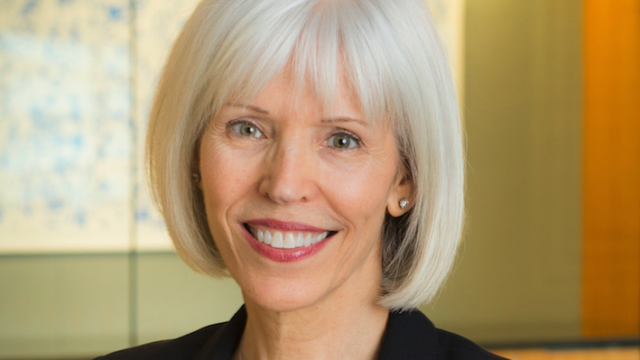Hollie Briggs, Loomis Sayles
“It has nothing to do with the products. It has a great global brand, it generates a lot of cash and we like Tim Cook. But really, it’s about the lack of a moat,” Briggs told FSA.
The firm’s growth strategies, which include two US-focused funds and a global growth fund, invests in companies that benefit from high barriers to entry. They are managed by Aziz Hamzaogullari, head of the growth equity strategies team. Loomis Sayles is an affiliate of Natixis Investment Managers.
Briggs explained that mobile phone industry leadership has been a continuous game of musical chairs. For example, Nokia and Motorola were the first ones to dominate the industry, followed Blackberry and then Apple.
“Samsung came along and took 50% of the marketshare in five years. Now there’s Xiaomi and Huawei that didn’t even exist eight years ago. So those shifts are really in our view more akin to fashion.”
Briggs prefers companies such as Visa and Mastercard or Coca Cola and Pepsi, long-standing leaders from which it is difficult for others to take marketshare.
The value chain
Briggs said her team does not use historical data, such as price-to-earnings ratios or style factors to evaluate companies.
“The outcome for that type of screening is a shifting pool of names because stock characteristics change. We are focused on owning companies,” Briggs said.
The two US-focused funds have a turnover rate of 14%-16%, while the global fund’s turnover is 7.2%, Briggs said. The funds are concentrated, with 30-40 positions in the portfolios.
She explained that the firm prefers looking at “business characteristics”, which Briggs believes do not change with investor sentiment.
The team first looks at global value chains to identify which companies generate the most profit, according to Briggs.
For example, within the beer industry value chain, there are agricultural inputs, the brewers, the distributors and retailers. Among them, brewers capture around 57% of the profits within the chain.
“We look at those profit pools in every industry and it helps us focus,” Briggs said. For the beer industry analysis, that means the team won’t be worrying about distributors or agricultural inputs and will just focus on brewers.
Next, they find companies with high growth in free cash flow, according to Briggs, adding that these are usually found in industries that benefit from high barriers to entry.
The team also prefers companies that are not capital intensive and have low leverage. “So that puts us outside of airlines and railroads.”
The last thing that the team assesses is management. It prefers “visionary leaders” that have a vested interest in creating shareholder value. Briggs claims that the US-focused large-cap growth fund has 40% of assets in companies that are led by their founders.
If companies meet all these criteria, then it will be very difficult for competitors to compete against them, she said.
“If you are generating a lot of free cash flow and putting it in the hands of visionary leaders who think long-term and are investing in ways to sustain their competitive advantage, it keeps their strength and competitive positioning, and then they generate more free cash. It’s a virtuous cycle that occurs.”
The Loomis Sayles Global Growth Equity Fund versus its index and sector in Singapore, since inception.


















